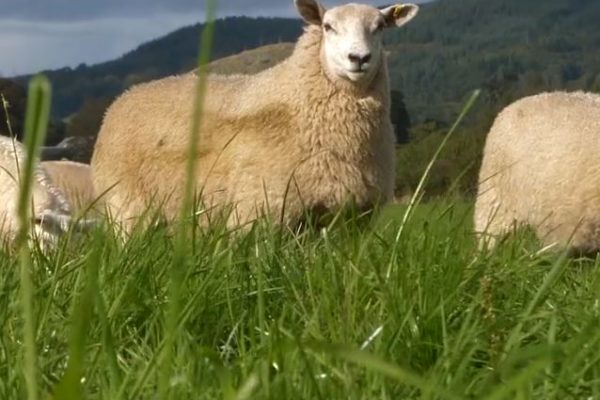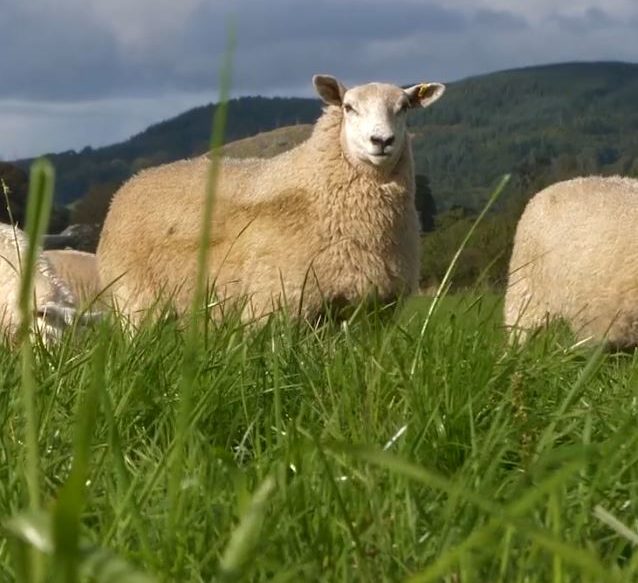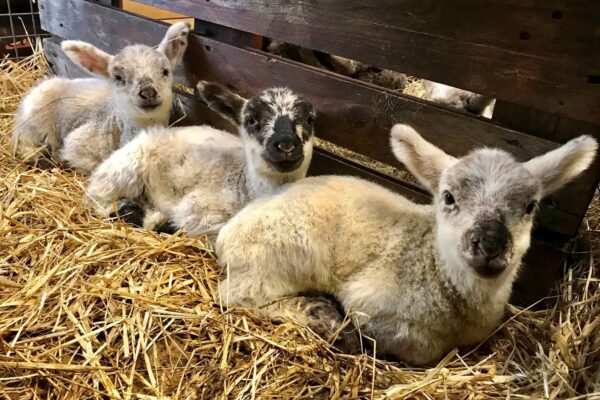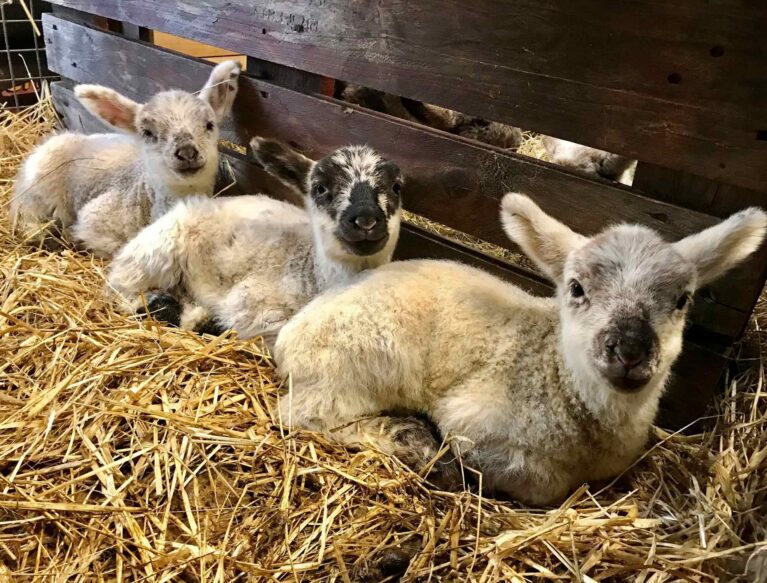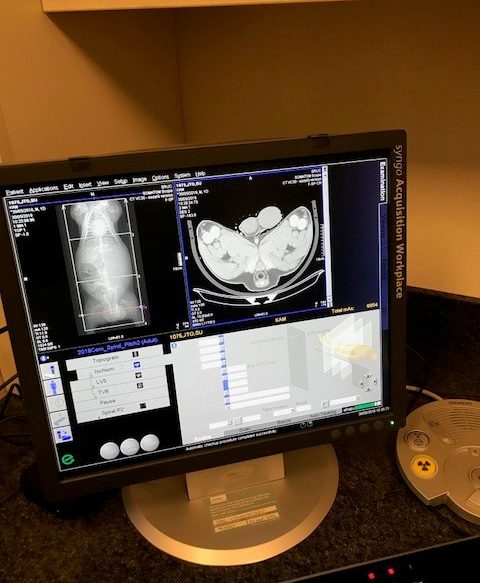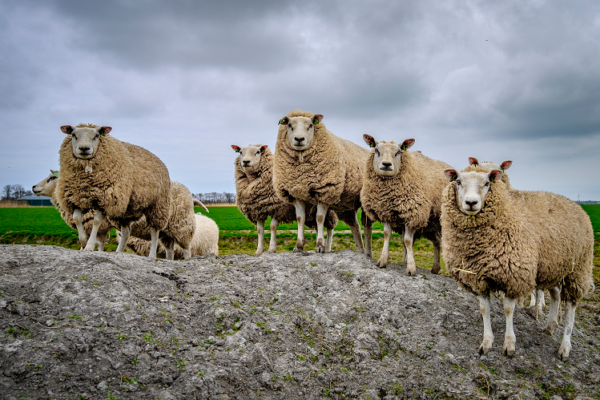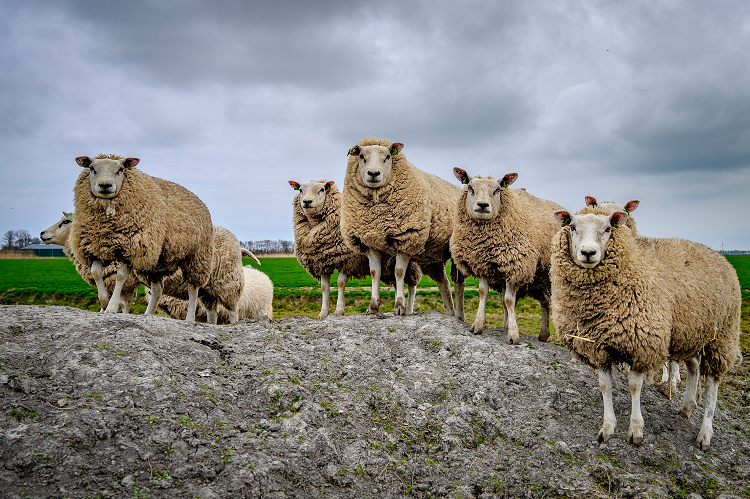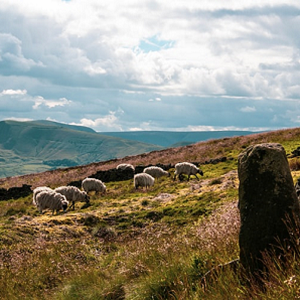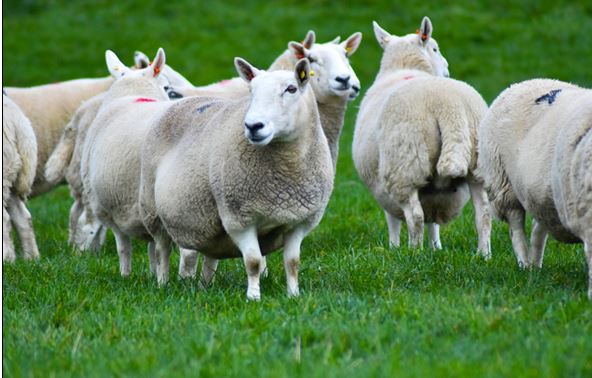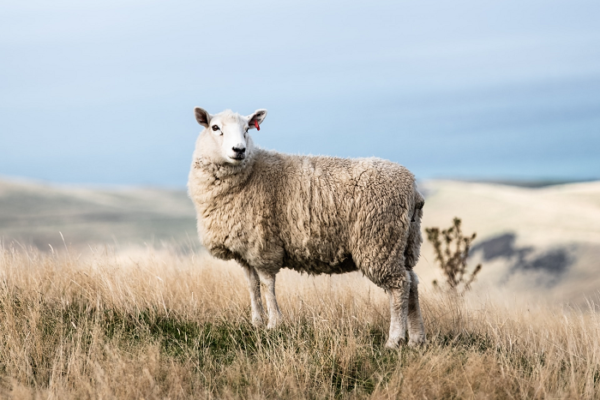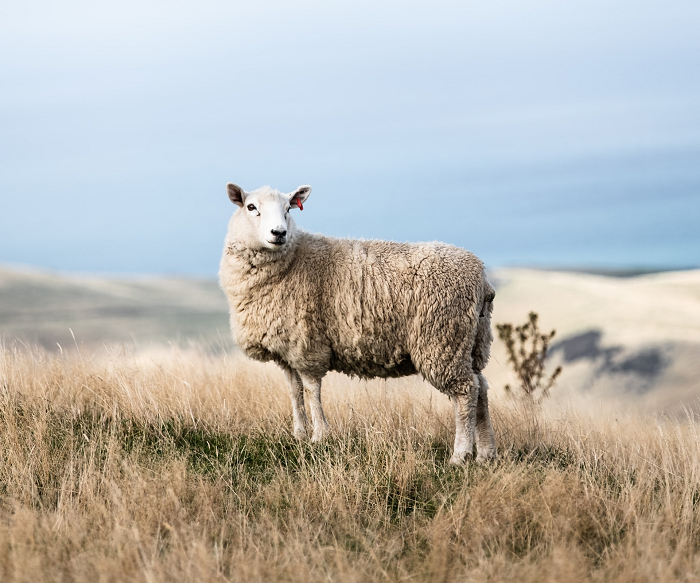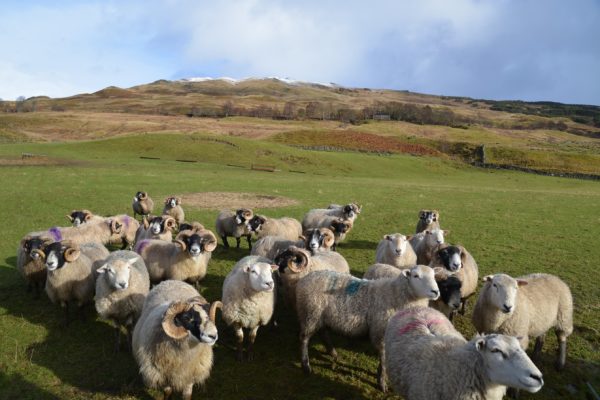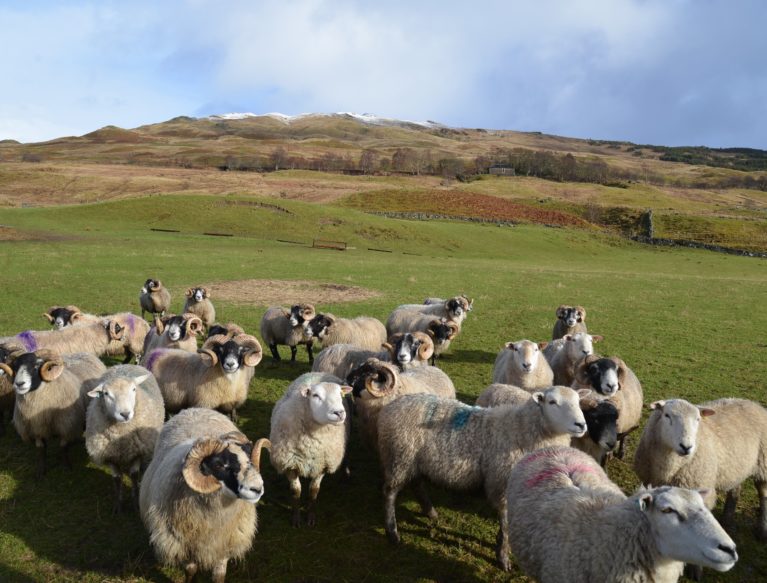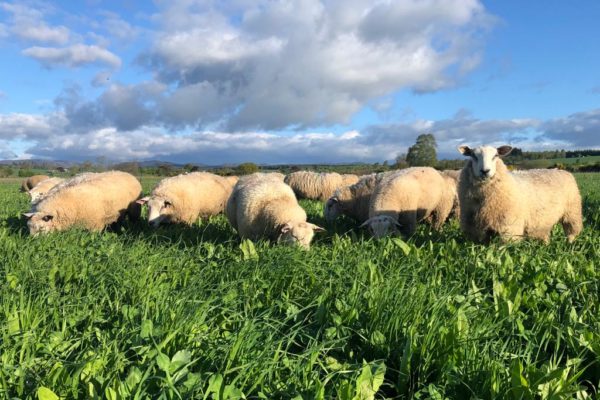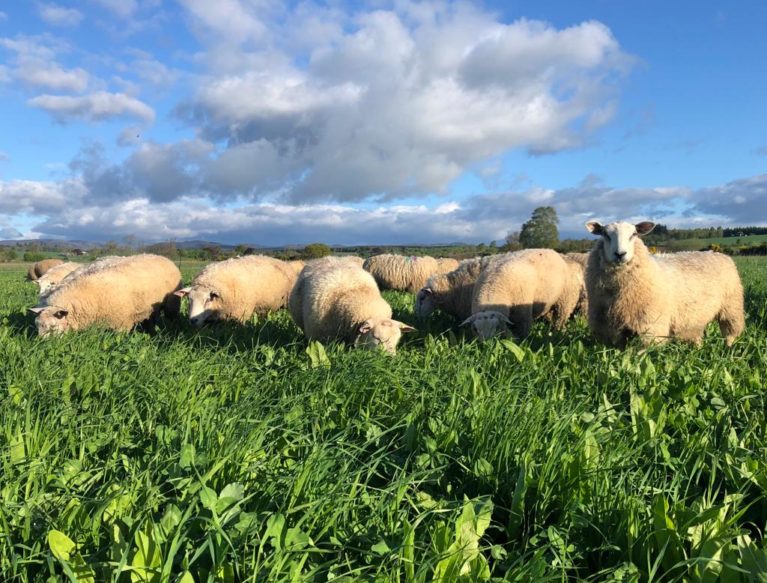Nutrition [SP.FF.NT]
Sheep mineral supplementation
Throughout the year and production cycle, the ewe goes through different phases requiring varying nutritional requirements. Part of these are minerals which are vital for growth, productivity, and immunity. Various…
Read More >Smallholders Orkney – Are EWE ready?
Advice for small holders on preparation for and, getting through lambing!
Read More >Breeding Lambs for Carcass Quality
This event will be relevant to breeders who are interested in increasing the commercial value of their tups and also commercial sheep breeders who want to understand more about the information available to them when buying tups.
Read More >Sheep Nutrition Workshop – Lanark
This workshop will cover: Ewe management through pregnancy to support high lamb survival How to assess forage quality How to build rumen healthy rations based on your forage quality. The…
Read More >Sheep Nutrition Workshop – Skye
This workshop will cover: Ewe management through pregnancy to support high lamb survival How to assess forage quality How to build rumen healthy rations based on your forage quality. The…
Read More >Sheep Nutrition Workshop – Inverurie
This workshop will cover: Ewe management through pregnancy to support high lamb survival How to assess forage quality How to build rumen healthy rations based on your forage quality. The…
Read More >Sheep Nutrition Workshop – Shetland
This workshop will cover: Ewe management through pregnancy to support high lamb survival How to assess forage quality How to build rumen healthy rations based on your forage quality. The…
Read More >Sheep Nutrition Workshop – Orkney
This workshop will cover: Ewe management through pregnancy to support high lamb survival How to assess forage quality How to build rumen healthy rations based on your forage quality. The…
Read More >Sheep Nutrition Workshop – Stirling
This workshop will cover: Ewe management through pregnancy to support high lamb survival How to assess forage quality How to build rumen healthy rations based on your forage quality. The…
Read More >Sheep Nutrition Workshop – Ayrshire
This workshop will cover: Ewe management through pregnancy to support high lamb survival How to assess forage quality How to build rumen healthy rations based on your forage quality. The…
Read More >
